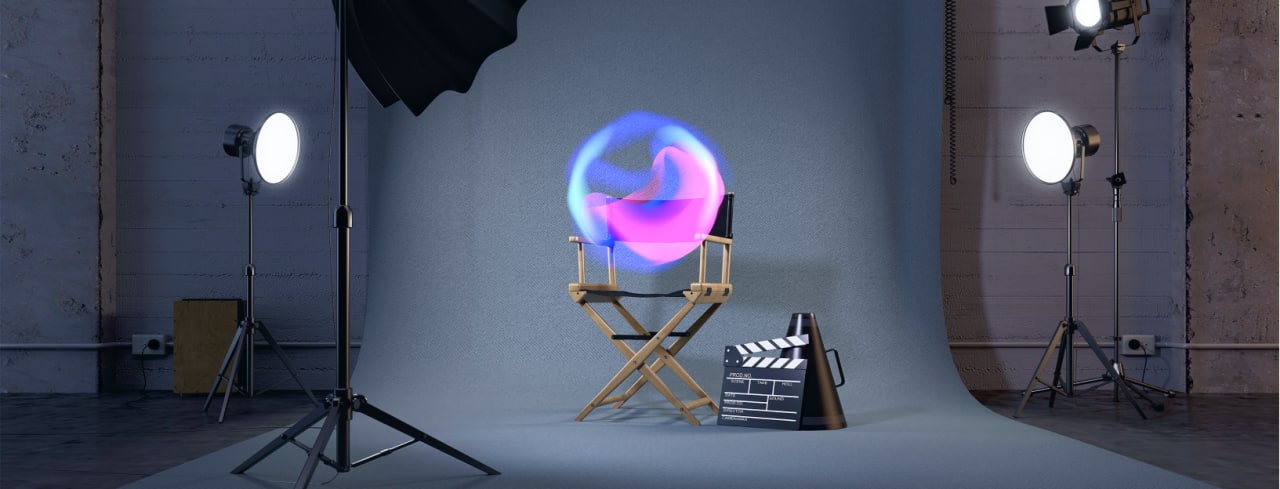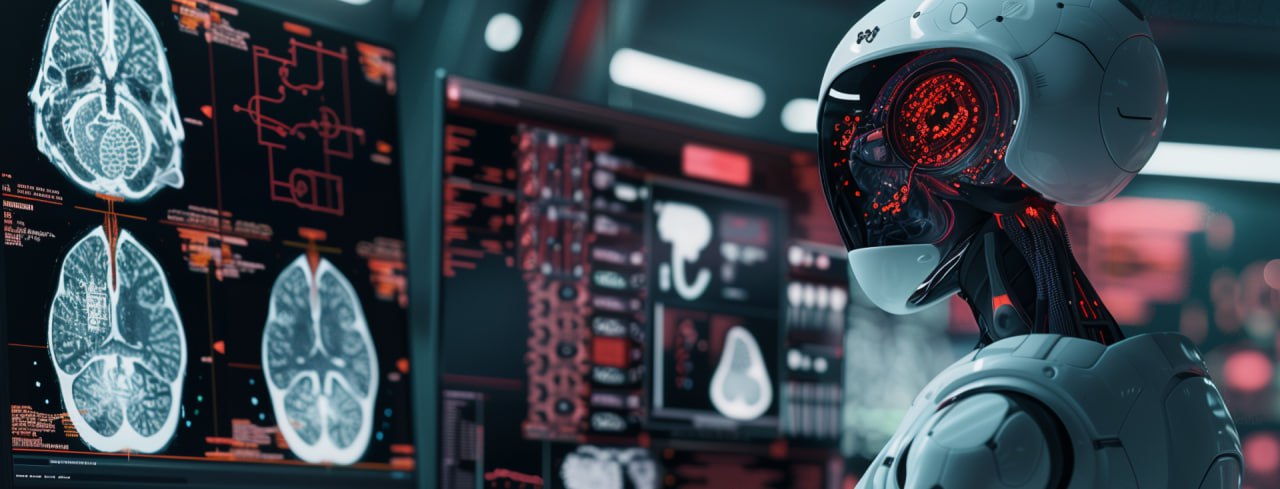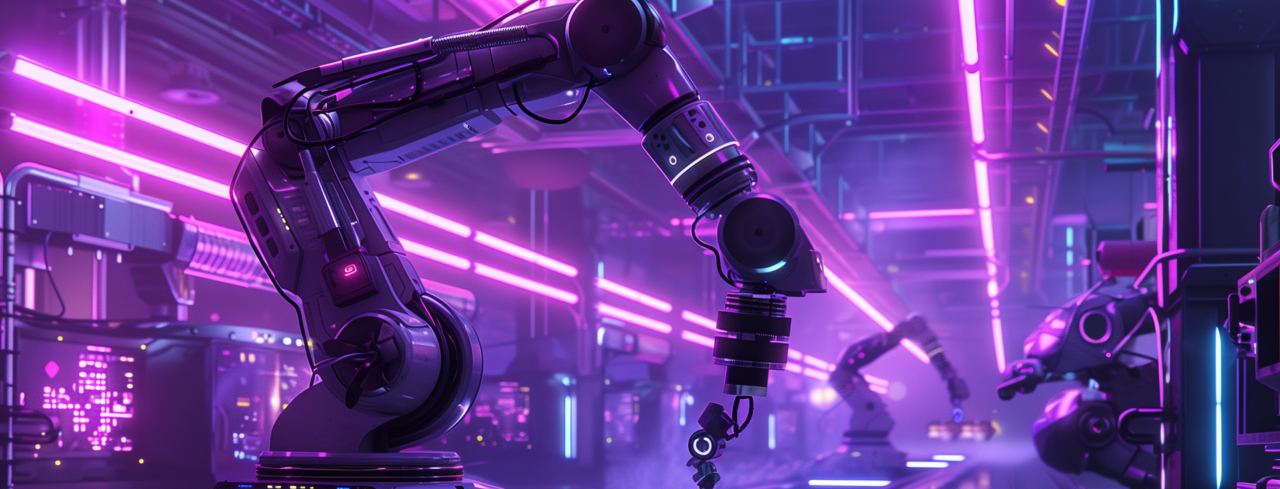This new issue of our #InfocusAI digest will talk about a system that allows changing the age of actors in a video within seconds, and about a device that can be used to create holograms like in the Star Wars. We will also briefly discuss South Korea’s and China’s achievements in artificial intelligence and share our impressions of an interview with the ChatGPT bot for the Time magazine.
AI focused digest – News from the AI world
Issue 7, 24 November – 9 December 2022
The Time reporter interviews Open AI’s chatbot
Open AI, one of the world’s leading artificial intelligence labs, has just released their ChatGPT – the most sophisticated public interaction chatbot available at the moment. Many users find conversations with ChatGPT enchanting, which obviously prompted Billy Perrigo from the Time magazine to interview the chatbot. ChatGPT explained how it works and talked about the risks that its underlying technology can bring and how people can adjust to them. The reporter shared his impressions and conclusions following the interview in the article “AI Chatbots Are Getting Better. But an Interview with ChatGPT Reveals Their Limits“. What impressed us most is that during the interview the chatbot single-handedly broke the illusion of it being a living and omniscient creature. The bot speaks openly about the philosophy behind its algorithms and about its limitations, and it further warns people that one should not take its statements at face value while interacting with the chatbot and rely more on their own judgment and common sense. It is common knowledge that admitting one’s limits is a clear sign of maturing.
AI models from Tencent and Alibaba excel humans at understanding Chinese
AI-powered language models from China’s tech giants Tencent Holdings and Alibaba Group Holding have outperformed humans in the CLUE (Chinese Language Understanding Evaluation) test for the first time ever. Tencent’s AI model known as Hunyuan scored 86.918 and Alibaba’s AliceMind scored 86.685 versus the human operator’s result of 86.678. China’s overall progress in NLP is bewildering. For example, one more report earlier this year said that a bot created by Baidu, another technology leader from China, got a higher score for its essay than most applicants on the most difficult Chinese state exam for college admission. While we are being jealous of AI’s success in understanding Chinese, you can check out the detailed ratings of language models on the South China Morning Post website.
Disney creates an AI system to play with the age of people in the video
Disney’s R&D unit has built a neural network that can change the age of people in a video in a matter of seconds. The system known as FRAN (Face Re-Aging Network) has been trained on a large database of paired images of synthetically generated human faces of different ages. It can make a person in a video look younger or older without distorting the person’s identity and at the same time preserving facial expressions and ensuring consistency between frames. The developers are positive that their invention will make it much easier and faster for visual artists to edit movies and commercials, and save the time and effort for makeup artists who need to change the age of actors. Read this article for more on how the FRAN works. Meanwhile, we are already waiting for AI to get an Oscar for makeup.
South Korean company can beat world leaders in AI diagnostics of lung diseases
Kakao Brain, a developer from South Korea, is planning to release its AI-powered system that can detect anomalies in chest X-rays next year. The company can hardly be named a pioneer in the field, because similar products are being developed across the globe. However, the Koreans have clearly made up their mind to beat all global leaders in the number of disorders they will be able to detect with AI. Kakao Brain’s system will have the capacity to diagnose more than 120 pulmonary diseases, which is almost 10 times more than similar AI services can handle, the developers say. They plan to commercialize their product in South Korea and Europe in the first half of 2024. Read more about the project in the Korea Economic Daily.
3D holograms from the Star Wars are close to being real
It seems that US engineers have figured out how to make realistic 3D holograms, like those in the Star Wars, a part of our lives. For many years, the technology depicted in the movie remained something far-out because people did not have a tool to manipulate light with a speed and precision that would allow creating realistic images in the air. However, the Spatial Light Modulator (SLM), a new invention of an international research team led by the Massachusetts Institute of Technology, can put an end to this quest. The device runs on an array of programmable photonic crystal microresonators that allow you to manipulate light (for example, focus a beam in a certain direction, refract it, or change its intensity) much faster and with higher precision than other similar devices can offer. In the SLM, the light is only delayed by a nanosecond, which is enough for the device to adjust its path in order to produce the desired spatial projection. As a matter of fact, this device can do a lot more than just create realistic holograms. For example, it will significantly enhance performance of sensors for self-driving cars and can be used to obtain higher resolution images from brain scans. The researchers described their invention in detail in their article for the Nature Photonics and briefly explained how the device works on the MIT news site.













